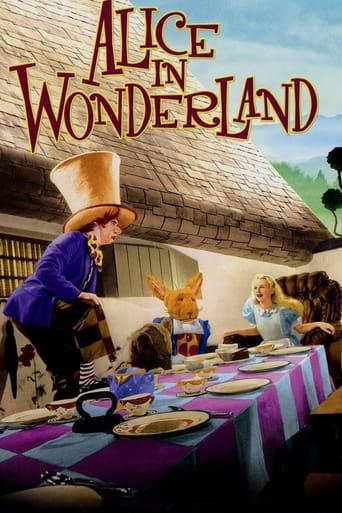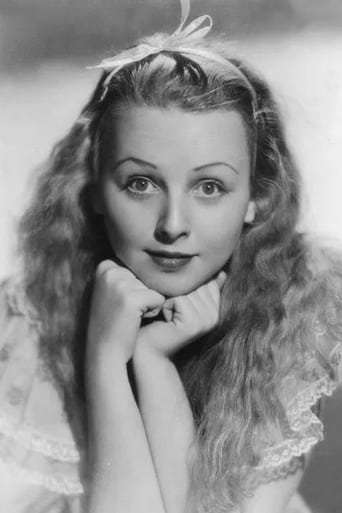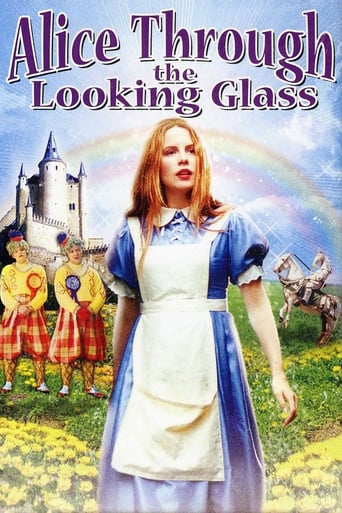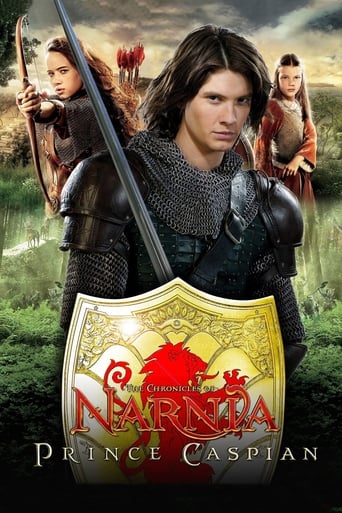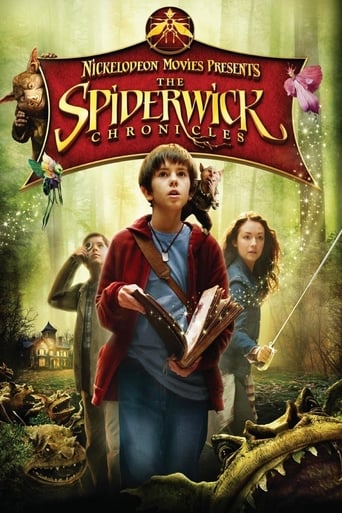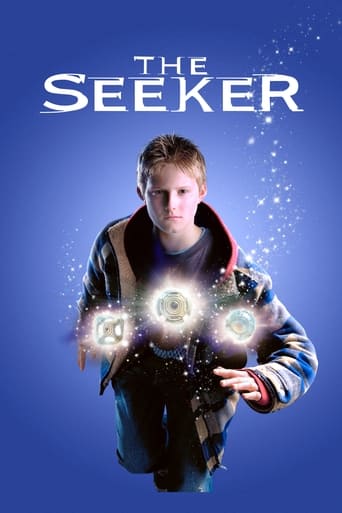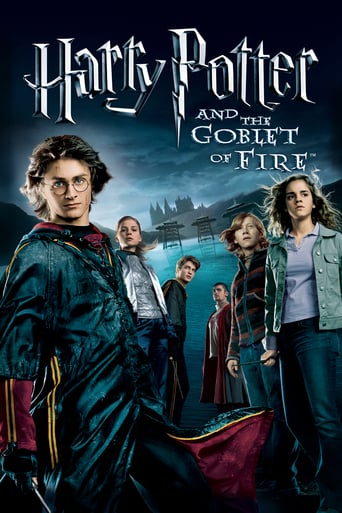Alice in Wonderland (1933)
In Victorian England, a bored young girl dreams that she has entered a fantasy world called Wonderland, populated by even more fantastic characters.
Watch Trailer
Cast
Similar titles
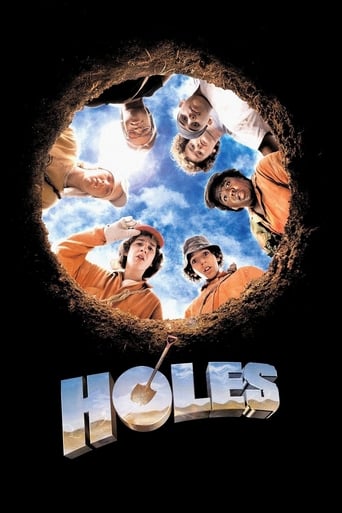
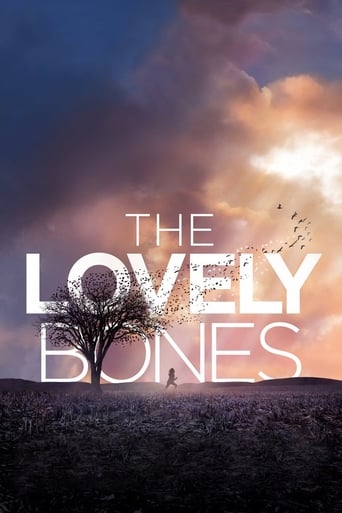
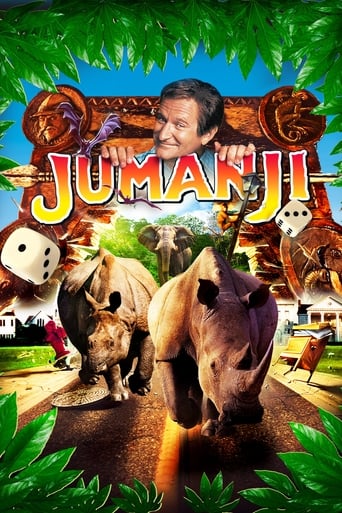
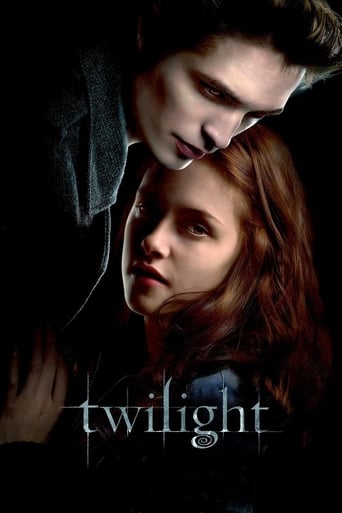
Reviews
What a beautiful movie!
To me, this movie is perfection.
Simple and well acted, it has tension enough to knot the stomach.
Blistering performances.
"Alice in Wonderland" is one of the more misguided projects I've ever seen. Apparently, Paramount studio was in trouble in the early 30s and those in charge were worried about bankruptcy. So, in a crazy bid to make a blockbuster, some idiot hit upon taking most of the stars at the studio and putting them into a glossy film where could couldn't even recognize them!!! That's like taking the greatest singers of their age and putting them into a silent movie!The story is a mishmash of "Alice in Wonderland" and "Through the Looking Glass" and consists of a VERY old Alice (19) going on adventures with super-creepy characters--too creepy! It's not at all enjoyable and was a chore to watch from start to finish. Horrible and difficult to enjoy.
Alice in Wonderland (1933) ** (out of 4)This Paramount adaptation was considered a complete dud when it was first released even though it featured an all-star cast that includes W.C. Field, Gary Cooper and Cary Grant. The film features Charlotte Henry playing the young Alice who goes through the looking glass and finds herself in Wonderland where she encounters all sorts of strange creatures. You know, this is a film that's either going to work on you or its not. For me, the picture simply didn't work for a number of reasons. After watching this movie I looked around to see what others were saying. Many think this film bombed because the all-star cast are pretty much hidden in their costumes and a lot of times you can't make out who is playing what. Others will say the film works because the actors are never put in front of the characters and this here helps stay faithful to the story. Well, normally I'd agree that the story should remain higher up than actors but it's a tad bit different when a studio tries to sell a film on its star power. The star power here actually turns out to be pretty weak because you can't tell who is playing what unless you keep a copy of the cast of characters with you while you watch the picture or you happen to remember the three-minute opening credits where we see the character and the actor playing it. I will say that I thought Henry was pretty good in the role as Alice and managed to make you believe the character. I thought she had the perfect look for Alice and also brought that sense of wonder needed for the material. The special effects for the most part hold up extremely well when viewed today and there's no question that the sets and costumes are impressive. ALICE IN WONDERLAND is a mixed bag for me but the thing is certainly weird enough to where it works as a curio but nothing else.
To begin with, this is another title I'd always read about but, frankly, had little hope of ever catching; though its reputation stands more on imposing credentials rather than actual artistic merit, I have to say that I was generally impressed with the results (special mention goes to the beautiful sets). That said, even at a mere 76 minutes (actually reduced from the 90-minute original), the film slightly overstays its welcome following Gary Cooper's belated appearance as the quixotic White Knight. At this stage, I ought to catalogue the other versions I've watched of the Lewis Carroll perennial: 1903 Silent short, 1951 animated Disney feature, 1966 all-star British TV-movie, 1972 musical (with another fine cast) and, soon after the film under review, Jan Svankmajer's celebrated 1988 surreal reworking (review coming up).Charlotte Henry is O.K. in the title role incidentally, she'd follow this adaptation of a children's classic with the heroine role in another popular fantasy, the Laurel & Hardy version of BABES IN TOYLAND (1934). Here, too, the array of weird characters Alice meets in her dreamworld are played by a roster of Paramount stars from the early Talkie era, a few of whom are forgotten today most are, in any case, largely obscured by masks. The most notable, of course, are Cary Grant (who even gets to sing and bawl a lot!) positively weird as the heartbroken Mock Turtle (really a cow in a tortoise shell!), W.C. Fields grandiose and pompous as ever, thus making for a great Humpty-Dumpty, and Gary Cooper his trademark handsome features and heroic persona are hidden behind an ageing, balding make-up and an amusingly gawky countenance. Other stars include: Richard Arlen as The Cheshire Cat(!), Sterling Holloway interestingly, he played The Frog here while providing the voice for The Cheshire Cat itself in the subsequent Disney adaptation, Edward Everett Horton an ideal Mad Hatter, Roscoe Karns and Jack Oakie as Tweedledee and Tweedledum, May Robson as The Queen Of Hearts, Charlie Ruggles as The March Hare, and Alison Skipworth as The Duchess. It's worth noting that, along with director McLeod and co-scriptwriter Joseph L. Mankiewicz, the film has some nine cast and crew members in common with the famous (and equally rare) compendium IF I HAD A MILLION (1932) and which I actually watched a day previously! Curiously enough, this version of Carroll's children's classic also proved distinguished production designer and occasional director William Cameron Menzies' sole screen writing credit; actually, it combines elements from both "Alice In Wonderland" and "Through The Looking-Glass": for instance, the appearance of the White Rabbit (which introduces the fantasy element in most versions of the tale is moved forward into the narrative here, preferring to use a mirror as passageway into the dreamworld this change may well have been influenced by Jean Cocteau's THE BLOOD OF A POET [1930]); similarly, the climactic trial is replaced by a wacky banquet scene. By the way, the cartoon story-within-a-story which appears during the Tweedledee and Tweedledum scenes were reportedly made by the Fleischer studio; equally nice are the effects by which Alice is made to shrink (and then grow back) in size in order to get through a very small door even if the follow-up scene, set inside one of the houses in Wonderland, involving such a device is missing from this particular version. The DivX copy I acquired regrettably suffered from lip-synch problems, so that I had to rewind the film every so often to get it back on track (despite the sheer amount of rare stuff I'm getting via this format, the frustration that goes with it is so great that I'm seriously contemplating giving it up for good especially since I've still got heaps of these titles to check out).
One of the most unusual projects ever undertaken by a studio was done by Paramount in 1933. Casting young Charlotte Henry in the title role of Lewis Carroll's beloved fantasy, Paramount then cast over 25 of their best known faces, apparently whoever was not working on another film at the moment, as the fantasy creatures she meets on her journey.Today, these same people would just be called on to lend their voices for animation. In fact in the middle, there is an animated version of The Walrus and the Carpenter, showcased for Henry by Jack Oakie and Roscoe Karns as Tweedledum and Tweedledee. Walt Disney later took that easier route in the Fifties with his animated version. But these stars are mostly unrecognizable beneath all that makeup.Yet the voices of such people as Ned Sparks, W.C. Fields, Gary Cooper, and Cary Grant are unmistakable. People like Edna May Oliver, May Robson, and Edward Everett Horton can be recognized. Quite frankly it was a stroke of genius to cast Horton as The Mad Hatter. It's a tossup between Horton and Ed Wynn in the Disney version as to who was the zanier. Horton is probably my favorite from the film, but running a close second is Cary Grant, hidden underneath all that Mock Turtle makeup. This was at the beginning of his career when he was not an icon as of yet. Probably even five years later Paramount might have had trouble casting him that way. His Mock Turtle song and Mock Turtle crying are something to see and hear.Paramount almost closed down during the early Thirties because of the Depression. Alice In Wonderland lost money badly at the box office and got tepid reviews. Seen today it's not as bad as all that and really kind of interesting in a way.
